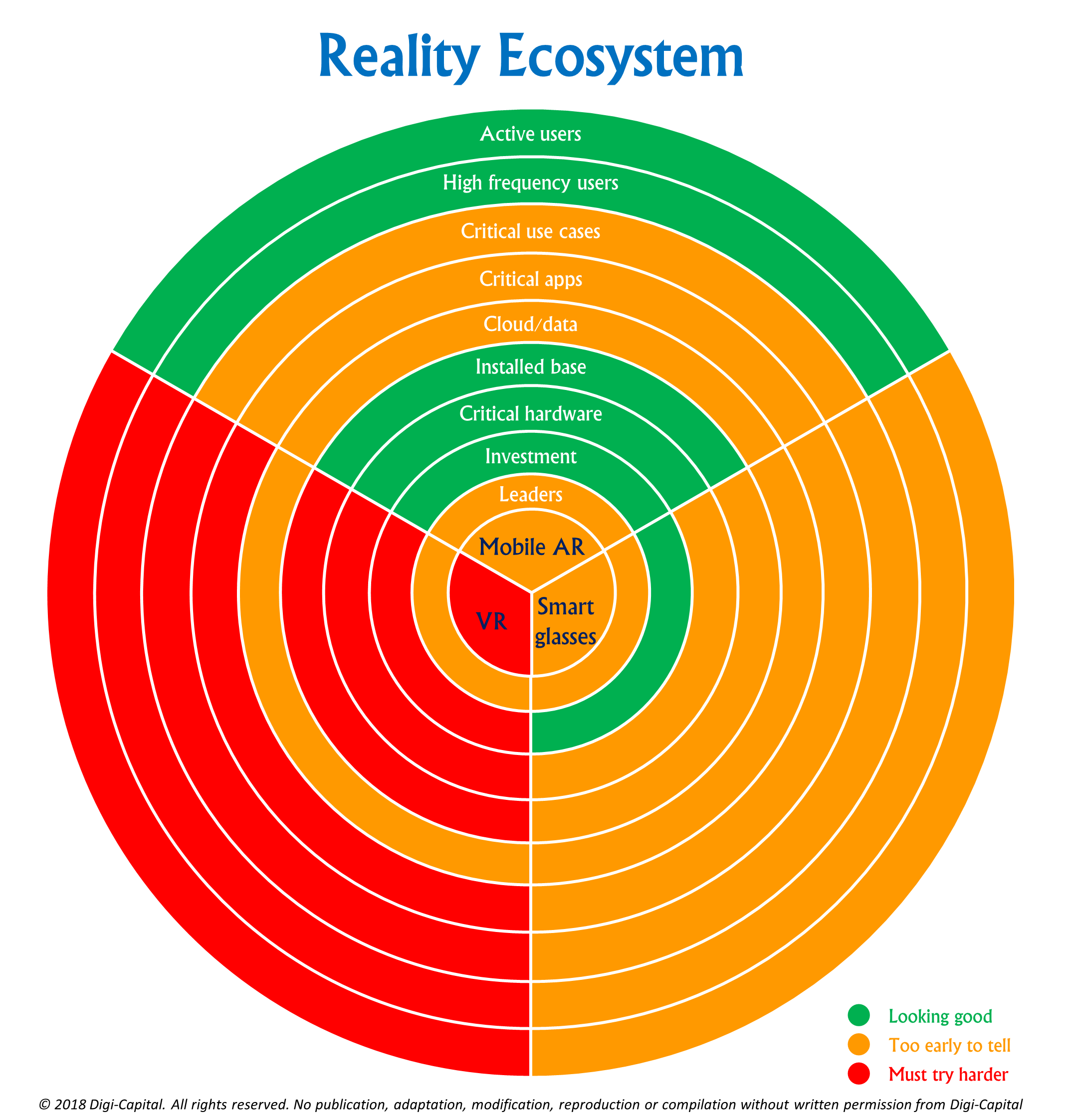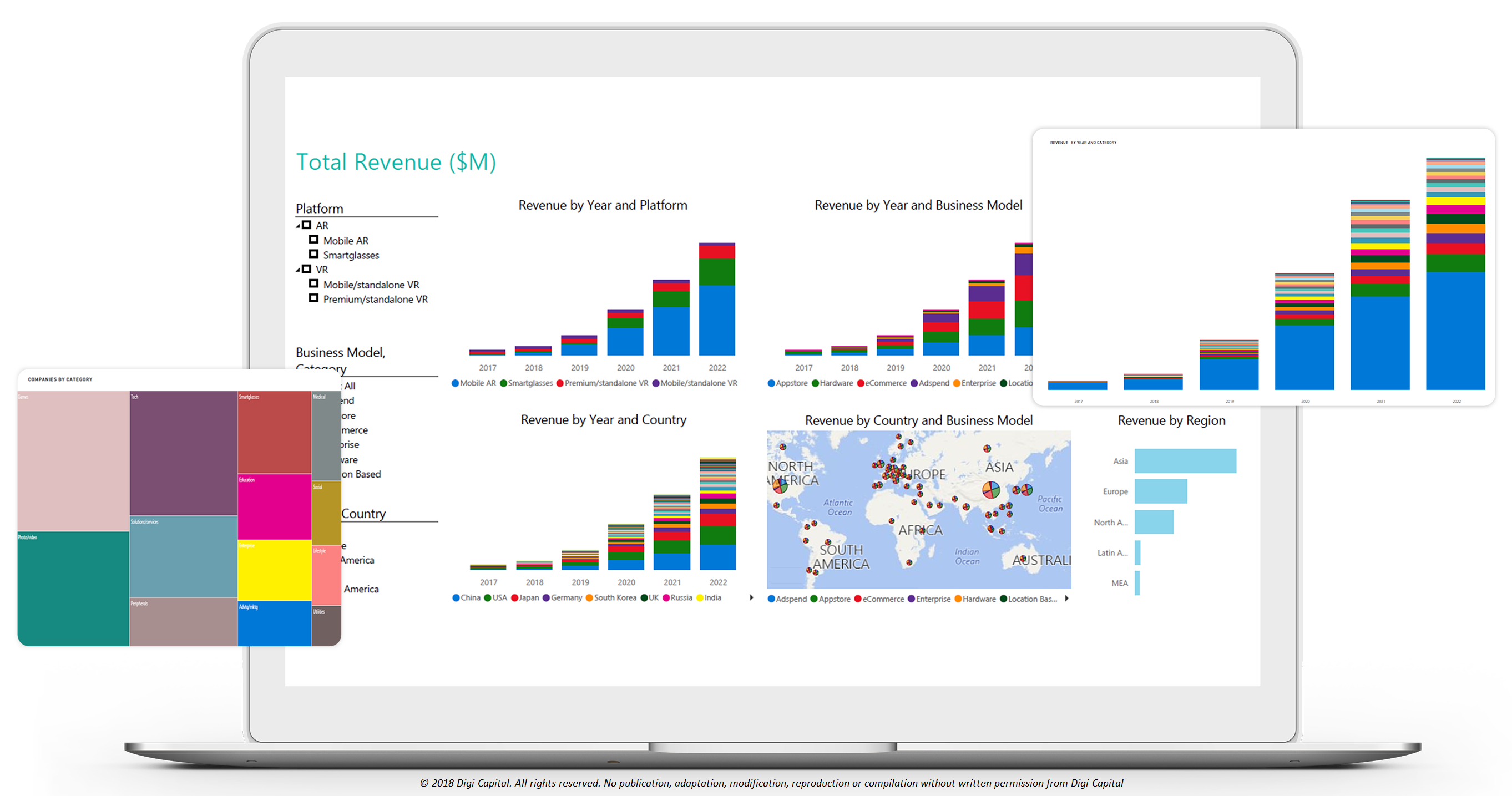When you think of e-commerce marketplaces, chances are that the first things that come to mind are storefronts built on websites and apps. But today an e-commerce startup that has never had either — and never plans to — has raised a fistful of cash to continue building out its shopping experience on the platform has been its growth engine: messaging apps.
London-based Threads has raised $20 million in funding for an operation that courts high-end, millennial, mostly female customers with tailored selections of luxury fashion, which it then sells to them on services like WeChat, WhatsApp, Snapchat, Instagram and Apple’s iMessage for their primary interactions with a team of human (not AI) shopping assistants.
“We very intentionally didn’t build a website for consumers, just as we haven’t built an app,” founder and CEO Sophie Hill explained in an interview. “The idea behind Threads is curation and convenience. It’s a customer-centric business and it’s built on chat because that is where the customers wanted to be and transact. Chat may not have been used in the way we were using it in 2010” — when the company was founded — “but that was our problem to solve. We had to learn to serve through chat rather than create was for convenient for us as a business.”
The company says that it will be using the new funding — led by fashion and millennial-focused fund C Ventures, with participation from Highland Europe (which invests in Matches Fashion, among other related businesses) — to expand its business across the board: hiring more stylists, more engineers to build tech to help the operation run smoother, and other creative and other staff to bolster the 90 who already work for the business. But even before now, the company has been growing quite impressively.
With customers in 100 countries — 70 percent of them under the age of 35, with Asia one of its fastest-growing regions — Threads says that its average amount people spend in a shopping session (basket size) is a very unshabby $3,000. And because of its success in linking up expensive goods with people willing to buy it, it’s secured relationships with designers and brands like Dior, Fendi, Chopard and some 250 other luxury names to source key items for its clients. As a marketplace, Threads makes commissions from the suppliers when items are sold.
Threads materialised (sorry) as a business when founder and CEO Sophie Hill was still working as a buyer for Topshop owner Arcadia, her first job out of university (where she studied sociology).
The year was 2010, and even though messaging apps had yet to take off, and well before the ones you likely use today really had any functionality at all, with Instagram and the “stories” format nowhere on the scene, Hill started canvassing opinion among the people she hoped to target. She saw that they were already all avidly using messaging clients on their phones to chat to each other.
Messaging in the West was relatively feature-free, but Hill could see what was coming around the corner by looking at WeChat, the Chinese app that was well ahead of its time, and that — plus what her target audience was already using — was enough to convince her of how she needed to build her business.
Threads has a somewhat unconventional cost base as an e-commerce startup.
Without a site and app, its developer team instead is focused on ways of improving the processes that go into the selling that Threads does do: personalized, concierge style services. That means building tech to make tracking items more efficient for customers (that might come in the form of an actual chatbot at some point, Hill said); building a better search engine for the assistants to find specific pieces for Threads clients; and so on.
Another area where Threads’ costs are quite different from the typical e-commerce business is in customer acquisition. Hill says the startup company also has never really had a dedicated marketing budget (nor “someone leading the marketing function”). Instead, Threads has grown mainly by word of mouth among users, and later via social media platforms like Instagram as its own content and that of its customers gets attention.
On the other hand, one area where Threads has potentially weathered significantly more expense than the average e-commerce business is in how it connects clients with products.
Hill says that its chat-based shopping service fits into a wider world of busy activity and travel for a typical customer, who will nonetheless expect a high level of engagement as part of a five-star service, even if it originated in chat. So, Threads has been known to organise designers flying in from one city to another to show off a specific piece to a client, and also pulling together shopping to hand deliver it to a client in whatever location she happens to be, or even organising excursions to actual, physical boutiques when those customers take a trip to a city, either specifically to shop or for another reason.
“It is a complement to what they need and how they want to shop for luxury goods,” she said.
There is something about a business based fundamentally around a team of people serving users, versus a business that has built technology to do that job, which frankly feels very analogue. But Hill and her investors believe that there is scalability in Threads’ future, and tech will be what helps get it there (just as it has been what helped the startup materialise in the first place).
“Just because someone doesn’t have a website or app doesn’t mean we don’t have a direct purchase path,” Hill said. “We are going to be using technology to enhance that personalised experience. Using tech blended with human interaction will be the ultimate service for the luxury industry. We see it as a complement, a way to enhance the personal experience.
“Tech has moved quickly and we are starting to test and how we will integrate more AI,” she added. “You can see where the customers might be happy with that response versus talking to a person. It’s about us seeing how customers will react.”
The mix of a business born in the concept of high-touch customer service, with luxury boutique-style profit margins, but with roots in a very popular technology (messaging) and the potential to bring on even more tech to make it work more efficiently, is the crux of what caught investors’ attention.
“People who are Threads’ customers clearly like to transact like this,” Tony Zappala, a partner at Highland Europe, said. “And both Threads and those customers are getting more responses. It’s much harder to achieve that on a website these days.”
The next stop for Threads will be expanding to more product categories beyond fashion and jewellery — although Hill would not say what — and adding more offices to provide services closer to its customers on both sides of the marketplace. New York and Hong Kong are first on the list.


